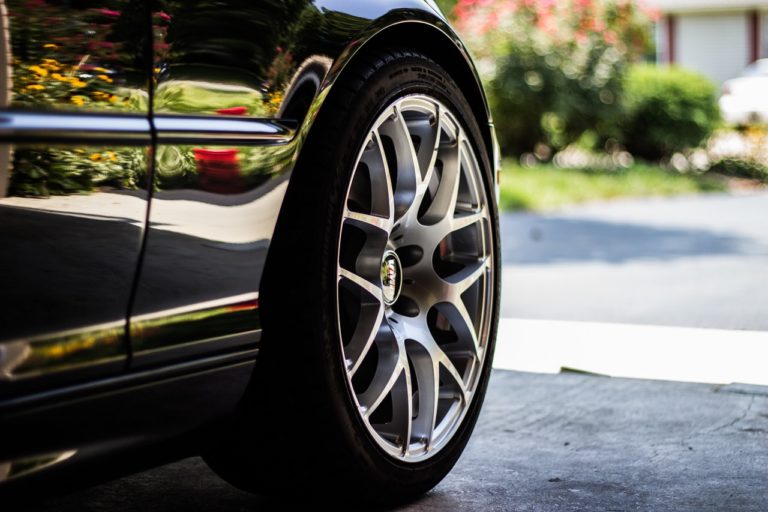There are few vehicle owners who budget for regular tire replacement, so many of us get caught off-guard when the need for new tires arises. There are a lot of options on the market, and a consumer may rightfully worry that making the wrong choice will cost him or her money, safety, or performance. Here are some answers to three basic questions.
- Where do I start?
Buying tires, particularly used tires, can be a tricky process. The typical wear and tear from use can compromise the quality of the rubber compounds inside the tire. To the naked eye, the tires may look serviceable, but the amount of oxidation that occurred inside the tire may tell a different story. Beware of used tire scams, for example, as some unscrupulous tire resellers paint used tires black, so they appear newer. Additionally, used tires are generally not well maintained as they are not routinely inspected and may have been stored improperly. Check out this blog post for more information on the dangers of buying used tires.
- What are some basic key terms to know?
– Tread: the grooved outer part of a tire where the rubber meets the road. Different types of tires have different tread patterns according to their use—like off-road, all-season, or snow tires. If your tire treads look worn, cracked, or “bubbly,” it’s time for replacement.
– Rim: The heavy, expensive round metal piece that holds a tire onto a car’s axle, usually with four or five lug nuts (stubby screws that hold a tire in place, sometimes called lug bolts).
– P number: Passenger tires have an alphanumeric designation on the sidewall beginning with P; on tires for light trucks, pickups and SUVs it may begin with LT instead. It describes the tire’s type, width, diameter, speed, and maximum recommended load.
– PSI: Pounds per square inch, which is how air pressure is measured in tires. You’ll also find a PSI number written on the tire’s sidewall, sometimes along the center rim. Match all the new tire info with the one you’re replacing. Check the driver’s side doorjamb, or the vehicle manual for the air pressure the manufacturer recommends for your car.
– Rotate & Balance: Servicing done to the tires to help increase the safety and efficiency.
- How do I determine the best option for my vehicle?
– The kind of tire you need. You should follow the manufacturer’s recommendation for your vehicle while also taking into account how you use it. Remember the weather, too, which in San Diego luckily is mild year-round.
– The kind of driving you do. Is more of your road time in an urban, rural, recreational, work, high-speed, off-road or long-distance setting?
– The kind of performance you expect. Are you more concerned, for example, about how well the tire grips curves, how quietly it rolls, how long the tread may last, or how it handles hilly terrain?
– The kind of budget you have. No need to overspend or overequip; for example, all-season passenger tires work for most cars and purposes.
Buying tires does not have to be a complicated experience. With a little bit of knowledge, you can make an informed, budget-friendly decision.

